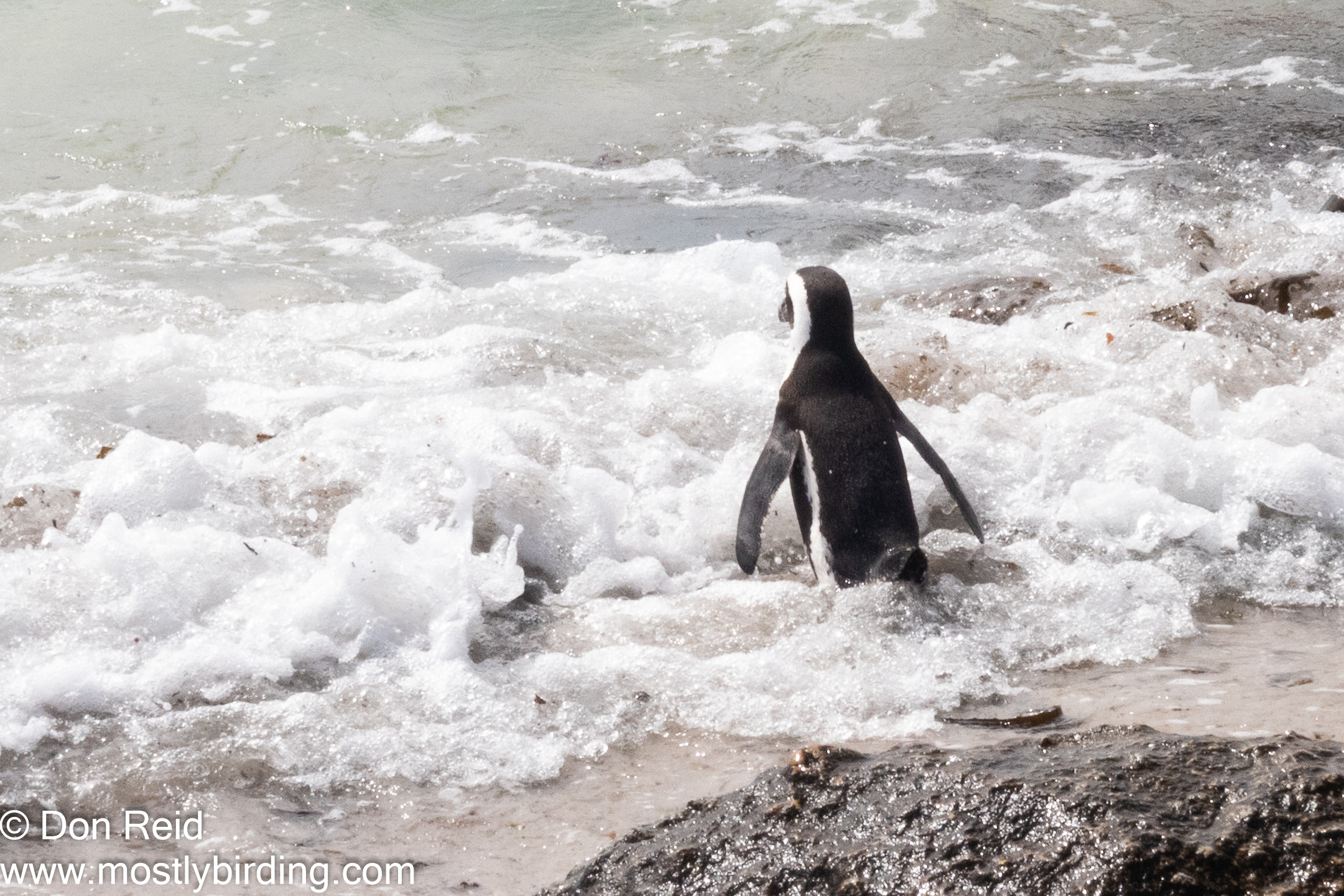We relocated to Mossel Bay towards the end of last year – somewhat unexpectedly, although it was always part of our medium-term planning. So you can expect the emphasis of my blog to shift towards the Southern Cape and away from the northern parts of our country, where we have lived for some 50 years.
However the Southern Cape, and in particular Mossel Bay are very familiar to us, having spent ever-increasing periods in our house here over the last 12 years and is the perfect place to spend our retirement years.
Our home in Mossel Bay is situated in the Mossel Bay Golf Estate which has a variety of habitats and gardens which attract many species of birds and this brings me to the subject of this post – the Spotted Eagle-Owl, which “put its hand up” (figuratively) to become the focus of a post by popping up in a number of places around the Golf Estate over the past few weeks.
It also seemed like a good opportunity to get back to the essence of my blog, which after all is called “Mostly Birding” for a reason ……
Here are some images of Spotted Eagle-Owls taken over the last while around our home and on my walks in the estate and adjoining nature areas:
Spotted Eagle-Owl bubo africanus Gevlekte Ooruil
Neighbour Catherine, knowing my interest in all things birding, popped over in the middle of the day to say there was an Owl in her garden, so I went to have a look, taking my camera of course. There it was perched on the garden wall and I surmised it was a juvenile, based on the lack of the “ears” (not really ears but protuding tufts of feathers for camouflage, not for hearing) which are a feature of the adults
‘Goodness, but it’s tiring being awake all night – am I ever going to get used to this …’


‘Hmmm – suppose I should keep a watch out even though I’m still young’

A few days later I noticed another Owl, this time an adult, sitting on the window cill of the neighbour’s house in broad daylight. More than likely the parent of the above juvenile.

A week or so later again, neighbour Jan, phoned to say there was an owl in the trees in his back garden, between our two properties. I could not see it from our balcony which is a level higher than Jan’s house so I went downstairs to our garden and quickly spotted the owl on a branch partly concealed by foliage. I positioned myself as best I could without disturbing the owl and took a few shots against the strong backlight of the morning sun.

My daily late afternoon walks take me all over the golf estate – my favourite walk being the one that takes in the nature area to the south and west of the estate as there is always something of interest.
One of my walks included an unusual encounter with an owl, which stood in the middle of the track as I approached and didn’t seem intent on flying away. I waited for a while to see what it would do, concerned that it was ill or injured, but after some 10-15 minutes I walked slowly past it as it moved to one side, eyeing me all the way but seemingly relaxed.
I kept a look out for this owl on my later walks as I was concerned about its health – I believe it was the same owl I spotted twice on the golf course itself, flying about without a problem so assumed it had recovered from any problem it may have had.
This species is well-known in the suburbs of our cities and towns and is often heard calling softly – wooo, hooo – and perched on roofs and streetlights from where it hunts insects, reptiles, rodents and the like.
Oh, and it’s good to have neighbours who keep you informed about birdlife in the garden ….


































































































